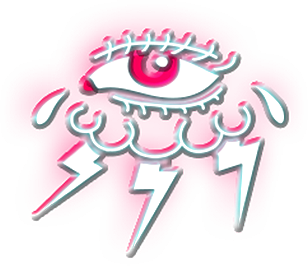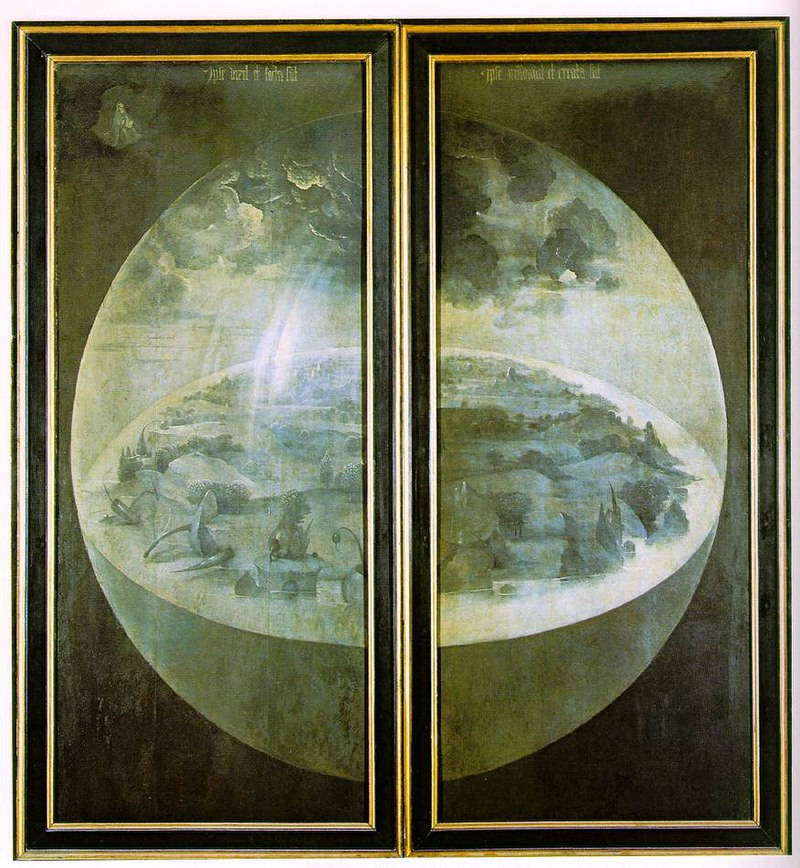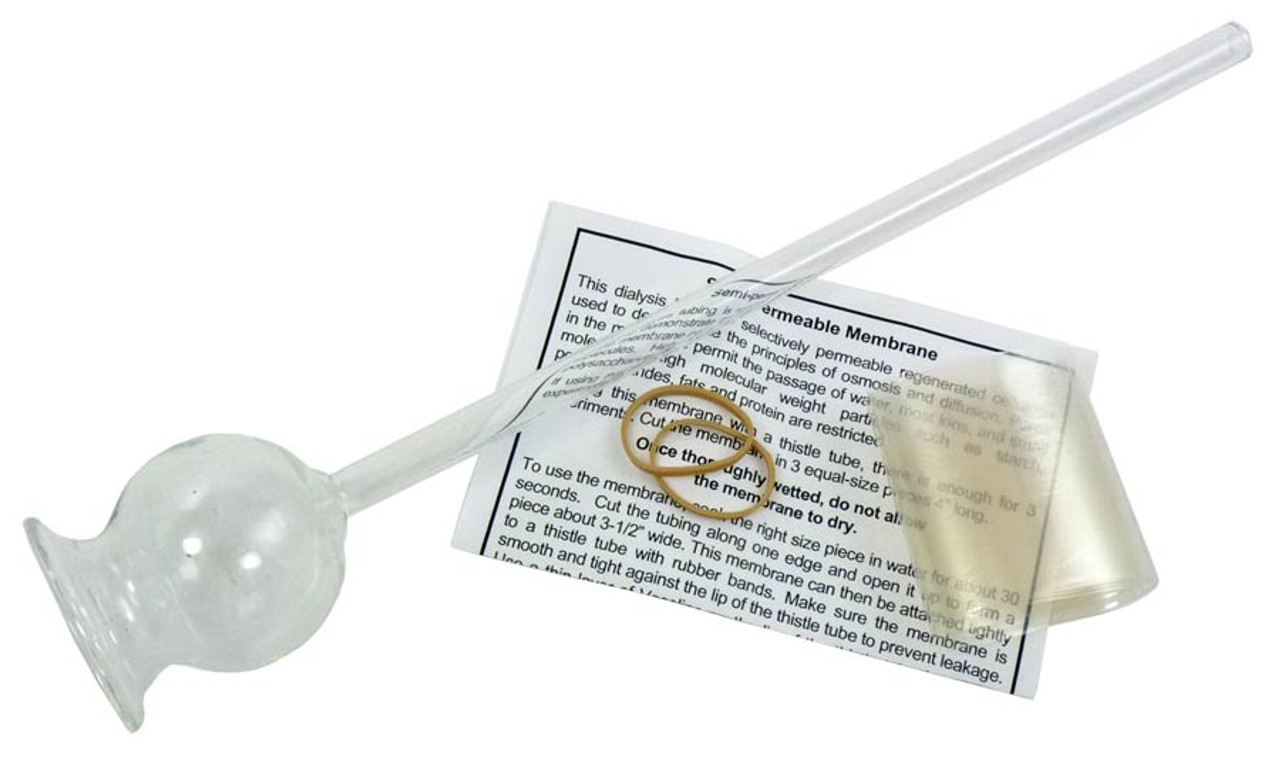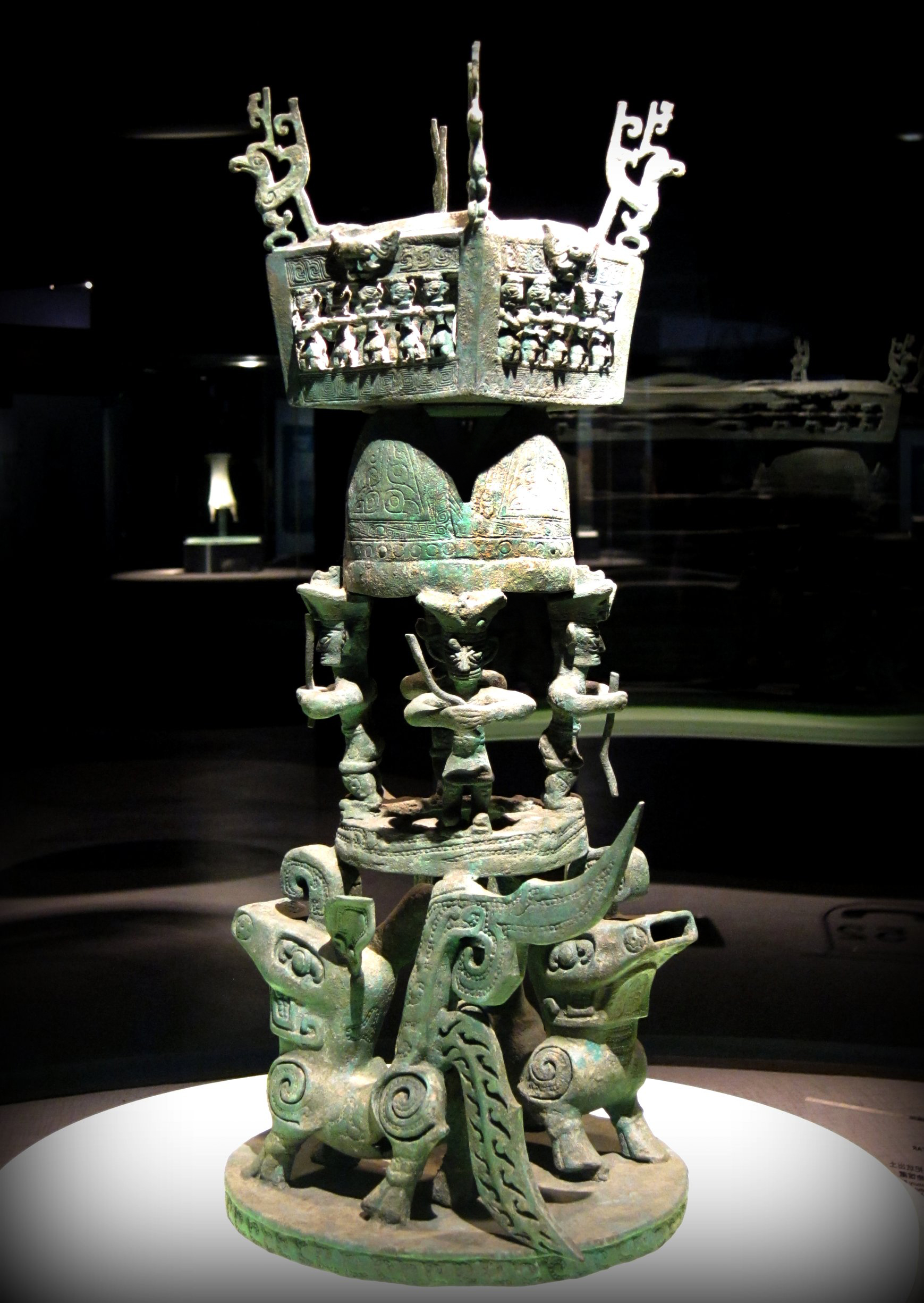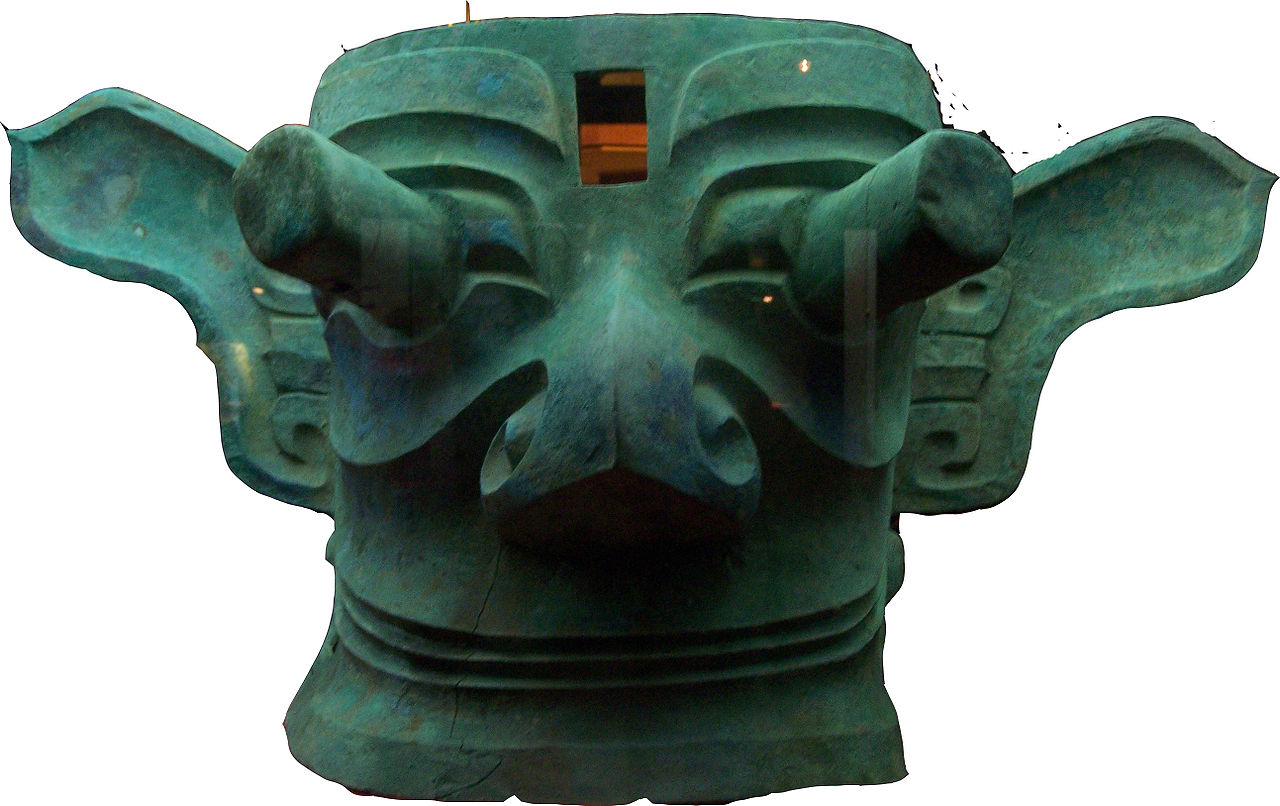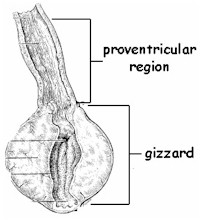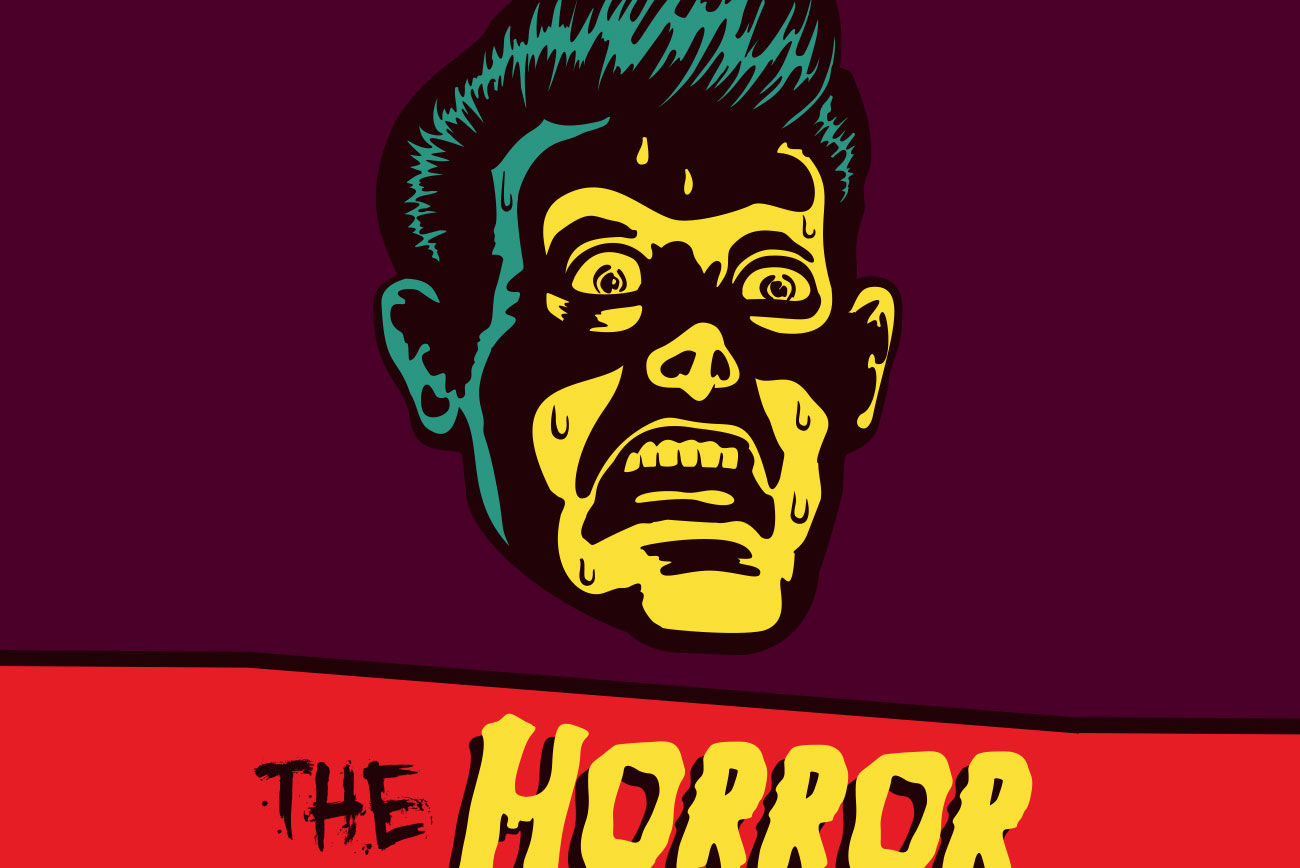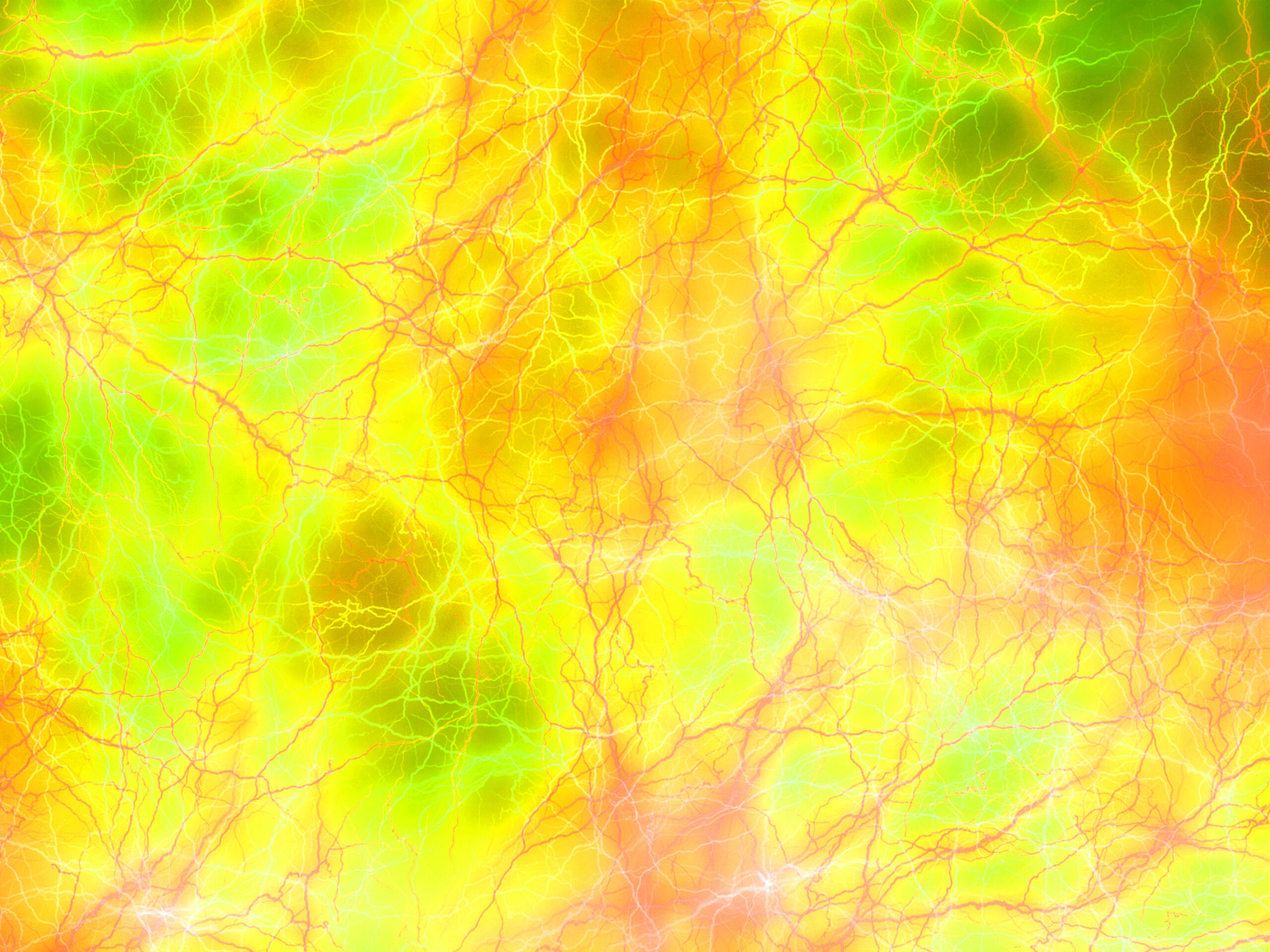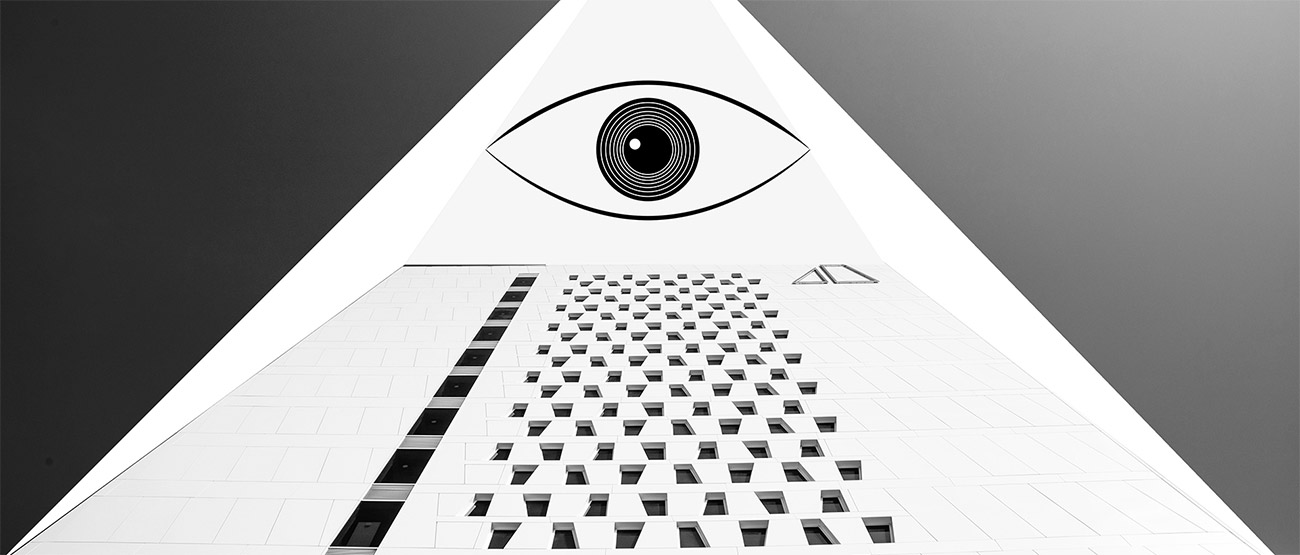Venomous avians!
Who knew our feathered friends could pack such a toxic punch? Hooded Pitohui: The OG Poison Bird Meet the hooded pitohui, the bird that started it all. This New Guinean…
Rete pegs (aka rete processes or rete ridges or papillae) are epithelial extensions that project into the underlying connective tissue in both skin and mucous membranes.
In the epithelium of the mouth, the attached gingiva exhibit rete pegs, while the sulcular and junctional epithelia do not. Scar tissue lacks rete pegs and scars tend to shear off more easily than normal tissue as…
A Mad Scientist’s Dream – Rumpless Chickens (and more)
Today, we delve into the bizarre phenomenon of rumpless chickens—a feathered marvel characterized by caudal dysplasia, or as some like to call it, the ultimate chicken makeover! These quirky birds…
Effect of biotin deficiency on embryonic development in the domestic fowl (1944) with reference and cited by articles
The approximate biotin requirements of breeding hens have been established and the embryos examined for gross pathological symptoms and the approximate age at death are recorded. Cravens, W.W., W., &…
Vitellin is essential in the fertilization process, and embryonic development in egg-laying organisms
Vitellin is a protein found in the egg yolk. It is a phosphoprotein. Vitellin is a generic name for major of many yolk proteins. Vitellin has been known since the 1900s. The periodic acid-Schiff…
The Garden of Earthly Delights, Hieronymus Bosch
The Garden of Earthly Delights is the modern title[a] given to a triptych oil painting on oak panel painted by the Early Netherlandish master Hieronymus Bosch, between 1490 and 1510, when Bosch was between 40 and 60 years old. It has been…
The Goldfinch in art
The goldfinch is a widespread and common seed-eating bird in Europe, North Africa, and western and central Asia. As a colourful species with a pleasant twittering song, and an associated belief…
Goldfinch in art
The bird that repeatedly, almost obsessively, turns up in Renaissance religious painting is the European Goldfinch Carduelis carduelis, almost always in the hands of the Infant Jesus, and symbolising variously the…
Thistle tubes, thistle feeders, distelfinks and goldfinches
A thistle tube is a piece of laboratory glassware consisting of a shaft of tube, with a reservoir and funnel-like section at the top. Thistle tubes are typically used by chemists to add liquid to an existing system or…
Shi (personator)
The shi (Chinese: 尸; pinyin: shī; Wade–Giles: sh’ih; lit. ‘corpse’) was a ceremonial “personator” who represented a dead relative during ancient Chinese ancestral sacrifices. In a shi ceremony, the ancestral spirit supposedly would enter the descendant “corpse” personator, who would eat and…
The lactating birds and the bees (gastrin, pepsin, etc)
Crop milk is a secretion from the lining of the crop of parent birds that is regurgitated to young birds. It is found among all pigeons and doves where it is referred to as pigeon milk. An analog…
